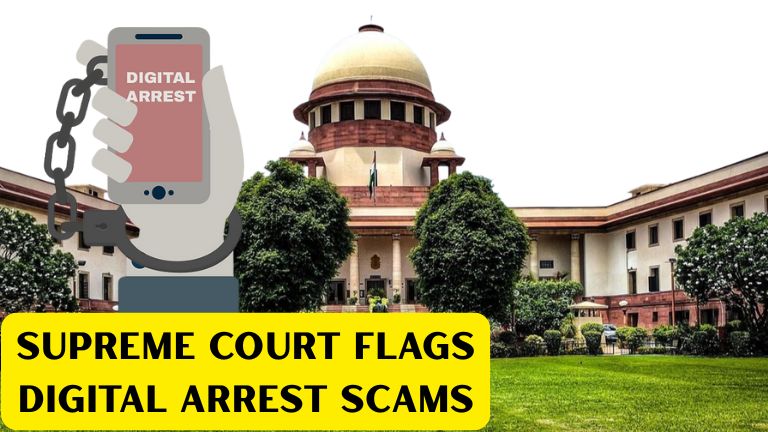S.C. Mital, J.@mdashBy the impugned judgment, learned Additional Session Judge, Ambala, convicted Yog Raj and Ranbir Singh under sections
120-B, Indian Penal Code, foren-teting into a criminal conspiracy to counterfeit traveller cheques of the denomination of Rs. 100/ and purporting
to be of the Bank of Boarda, and 489-D, Indian Penal Code, for having been in possession of instruments and material for counterfeiting the said
traveller cheques. Under the first count they were sentenced to six months'' rigorous imprisonment each and on the second court three year''s
rigorous imprisonment each and a fire of Rs. 500/- each. Both the sentences were ordered to run concurrently. Feeling aggrieved, Ranbir Singh
has preferred Criminal Appeal No. 390 of 1970 and Yog Raj Criminal Appeal No. 399 of 1970. Both these appeals will be disposed of by this
judgment.
2. For the decision of question of law involved in this appeal, the relevant facts are that on 16th February, 1969, Inspector Jai Singh, S.H.O.
Police Station Ambala Cantt. (P. W. 17) upon receipt of secret information went to the bus stand in Ambala Cantt. He joined with him Kulwant
Rai Jain (P. W. 3) and Gurbachan Singh (P. W. 4) at about 3 p.m., Ranbir Singh accused who was holding brief-case Exhibit P. C. C. was seen
boarding a bus for Chandigarh. He was stopped and from his brief-case, five printing blocks Exhibits P.L., P.M.-P.N/A, P.N/B, P.N/C, rough
proof of counterfeited traveller cheque Exhibit P. R. D and a genuine traveller cheque Exhibit P. D. D were recovered. The same were duly taken
into possession. Thereafter, the Inspector above-named arrested Ranbir Singh and the police party raided the Agnihotri Press in Ambala Cantt.
belonging to Yog Raj accused. Gurbachan Singh P. W. had been left behind and in his place Bhagat Singh P.W. was joined. Kulwant Rai Jain
P.W. remained with the party.
3. On reaching the press of Yog Raj, when asked Yog Raj produced a key of the almirah wherefrom four monograms Exhibits P.T.E/1, P. K., P.
F. F. and P. G. G. were recovered. Besides, two numbering machines Exhibits P. U. and P. V were also found in the almirah. All these instruments
were duly taken into possession.
4. Then on 17 February, 1969, A. S. I. Surat Singh interrogated Ranbir Singh accused and in consequence of the disclosure statement made by
him, he (Ranbir Singh) discovered from his house in Chandigarh roaster desighn Exhibit P. X/E used for counterfeiting traveller cheques and two
packets Exhibits P. O and P. Q each containing ten genuine traveller cheques of the Bank of Baroda. These articles were duly taken into
possession.
5. In the course of the trial, the prosecution led evidence to prove that instsuments and the material mentioned above were intented to be used for
counterfeiting traveller cheques pertaining to the Bank of Baroda Ltd.
6. In their statements u/s 342, Criminal Procedure Code, both the accused-persons denied the recovery of incriminating articles from them.
7. Section 489-D, Indian Penal Code under which the two accused have been convicted reads:
Whoever makes, or performs any part of the process of making, or buys or sells or disposes of, or has in his possession, any machinery,
instrument or material for the purpose of being used, or knowing or having reason to believe that it is intended to be used, for forging or
counterfeiting any currency-note or bank-note, shall be punished with imprisonment for life or with imprisonment of either description for a term
which may extend to ten years, and shall also be liable to fine.
The explanation u/s 489-A, Indian Penal Code, defines "" banknote "" thus:
For the purposes of this section and of sections 489-B, 489-C, 489 D, and 489 E, the expression "" banknote "" means a promissory note or
engagement for the payment of money to bearer on demand issued by any person carrying on the business of banking in any part of the world, or
issued by or under the authority of any State or Soverein Power, and intended to be used as equivalent to or as a substitute for money.
8. Learned counsel for the accused persons argued that assuming the prosecution allegation? to be true, the question is whether the traveller
cheques satisfy the definition of ""bank-note"". It is common knowledge that the procedure for the issuance of a traveller cheque is that the person
wanting it deposits cash in the bank. Thereafter for the same amount, the traveller cheque is prepared by obtaining the specimen signature of the
said person in the presence of a bank official who puts the date and place on ''he (traveller cheque. The bank official, having signed the traveller
cheque, delivers it to the person concerned. As regards encashing of the traveller cheque, the procedure is that the person, in whose favour the
traveller cheque is, presents it at the other branch of the Bank. There again he is required to sign the traveller cheque at the specified place and then
his signature is compared with specimen signature already existing on the traveller cheque. In other words, by comparison of the signatures the
identity of the person in whose favour the traveller cheque was issued is confirmed and he is paid the amount covered by the traveller cheque. The
printed material of the genuine traveller cheques Exhibits P.O., P.P.Q. and D.D. supports the procedure mentioned above. In the light of these
facts, it cannot be said that a traveller cheque is a ""bank-note"" the attributes of which are:
(i) engagement for the payment of money to bearer on demand ; and
(2) intended to be used as equivalent to, or as a substitute for money.
The mere fact that the traveller cheque is issued by a bank is not enough to satisfy the other ingredients of ""bank-note"" given in the Explanation to
section 489-A, Indian Penal Code, quoted above. In this view of the matter, I fail to see how the conviction of the accused persons under sections
489-D and 120-B, Indian Penal Code, can be sustained. I, accordingly, accept the appeals, set aside the convictions and sentences of Yog Raj
and Ranbir Singh and acquit them Their bail bonds are cancelled.

